In Australia, we have different tax brackets based on how much you earn.
You pay income tax on your individual earnings, which includes wages from your job, interest earned on your savings account, money earned from having a business, dividends you may get from holding shares in a public company on the stock market eg; (Banks, mining companies or tech companies etc) , trading cryptocurrency, selling shares or rental property and money you may get from a family trust.
You can earn $18,200 before paying any tax, when you earn more than this you are taxed at different percentage rates based on your total income + 2% Medicare levy.
To fill in your Tax declaration form correctly you must understand which boxes to X cross correctly so your employer can withhold the correct amount of tax.
If you only have 1 source of income cross X YES to claim the tax-free threshold, this will make sure your first $18,200 is not taxed. if you are already claiming the tax-free threshold from another job X NO to claiming the tax-free threshold. Make sure you do not claim this on a second job, or you will end up owing tax because you will not be taxed at the correct tax rate. For example, if you earn $18,000 at one job and $18,000 at another job each one will be under the tax-free threshold however at tax time both these wages will be combined and your earnings will be a total taxable income of $36,000 and taxed at 19% + 2% Medicare levy, which would result in a $3400 tax debt.
If you have completed University, TAFE or are currently studying and have a student loan you will also need to pay your HELP/HECS FEE HELP, VSL ,SSL or TSL debt and will answer YES to this question. This will ensure you are taxed correctly to start paying off your student loan, this is assessed and calculated when your tax return is done, and the extra tax you pay in each pay run should be enough to pay the percentage bracket that you fall under based on your income. If you don’t tick this and you have HELP or other student loans you will end up with a tax debt.
HELP is calculated based on your income tax earned and there are different thresholds for this as well. See the link below for the income threshold and % rates.
HOW MUCH TAX SHOULD I PUT ASIDE FOR MY BUSINESS INCOME
Everyone in business always asks ‘How much tax should I be putting aside’, especially in the first year as the ATO has not determined what we call your PAYG (Pay as you go) tax instalments yet as this is done after the first business tax return is done. (more on this below)
We encourage clients to put aside at least 25-30% for tax on their business profit, which is sales/income less business expenses. Most people pay between 10-31% tax if their total taxable income is less than $180,000 depending on their earnings. Income above 180k is taxed at 45% + 2% Medicare levy so the % will increase from 31% to 45%. This is because we have different tax brackets and not a flat rate of tax on your income. If you earn wages and income from a sideline business, you will need to add these two incomes together to work out your taxable income. This means forecasting how much the business is going to earn and adding this to your wages, this is not easy to do unless you have a steady income from the business, this is why we encourage just putting the 25-30% away into your savings to make sure you don’t leave yourself short at tax time.
PAYG as mentioned above is a tax system where you pre-pay your tax each quarter to the Australian tax office (ATO). This is to ensure that you are paying close to or more than the correct amount of tax for the financial year so you do not end up with tax debt. Having a tax debt these days can be very detrimental to your credit rating when applying for any loans. Many banks will now ask to see your tax account or your activity statement account which is where your PAYG tax is paid into and held until your tax return is done at the ATO. This money is transferred into your tax account to clear out the tax you owe on money earned once your tax return has been lodged with the ATO. If a bank can see that you are not paying your PAYG tax each quarter as you have outstanding money owing, they may possibly not give you that mortgage you need to buy the house you want. You should not save your tax money for a deposit on a house as this will work against you.
PAYG WITHHOLDING TAX
Once your first year in business is complete and lodged with the ATO they will determine what your quarterly tax instalments will be based on the tax paid for the last financial year.
If you have Mygov you will receive notification of your PAYG payment and due date otherwise you will receive a paper copy which is essentially a bill to pay your PAYG tax to the ATO.
PAYG quarters
July – September……..…Due for payment 28 October
October - December…..Due for payment 28 February
January – March………….Due for payment 28 April
April - June…………………Due for payment 28 July
https://www.ato.gov.au/Rates/Individual-income-tax-rates/

